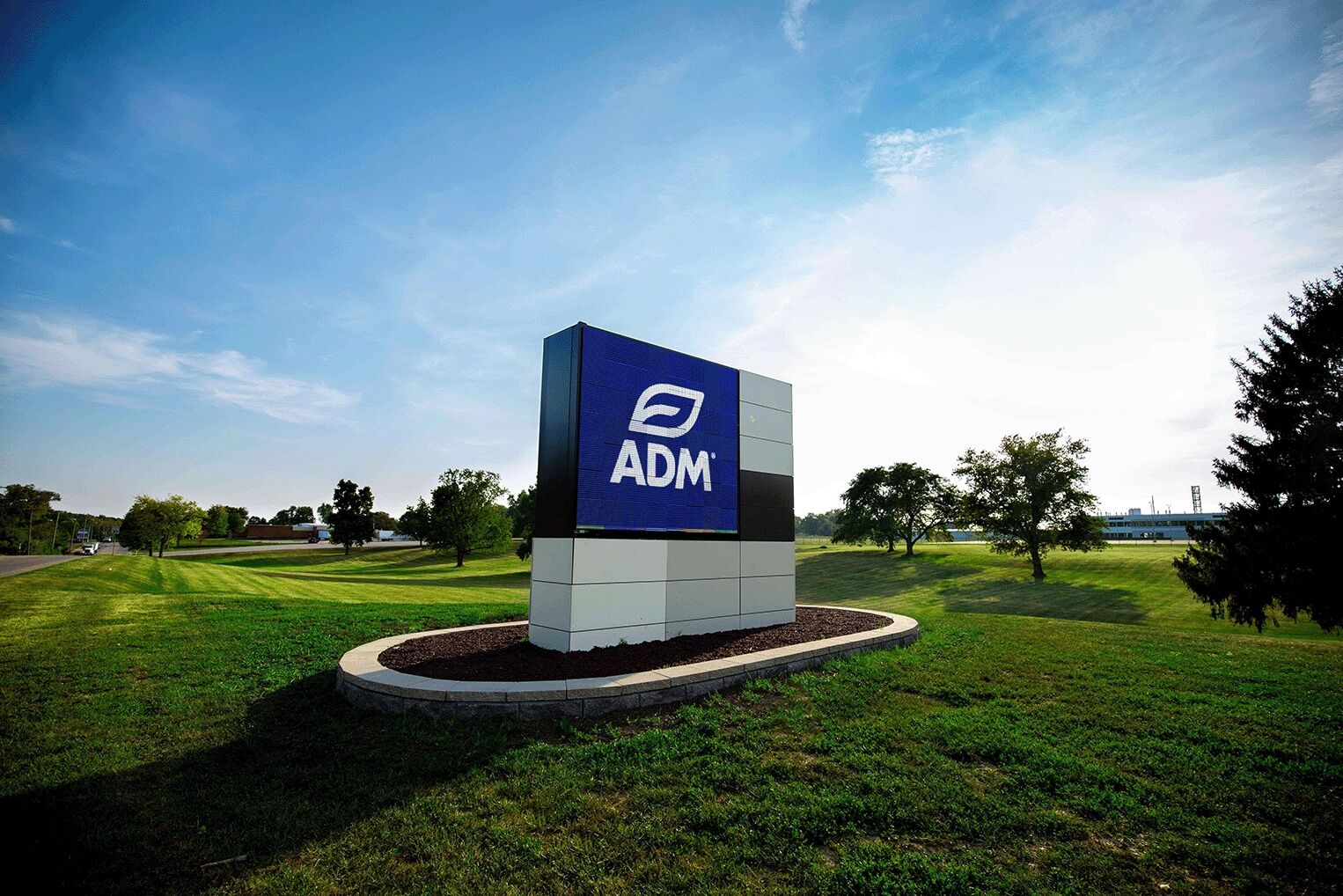Sustainability and regenerative practices are important to ADM, according to Paul Scheetz, director of climate smart ag origination.
For 10 years ADM has been engaging with farmers to help them understand how decisions they are making improve water quality and biodiversity and reduce harmful greenhouse gas emissions, he said. That approach has included engaging farmers and helping them understand that field level decisions impact water quality, biodiversity and greenhouse gas emissions.
In the last three years ADM has developed a program to incentivize producers to adopt regenerative farm practices.
“We made a commitment in December 2021 to reduce our scope 3 emissions by 25% by 2035,” Scheetz said.
To accomplish that goal ADM knew it needed a scaled-up effort and that led to a partnership with the National Fish and Wildlife Foundation and Kansas Association of Conservation Districts. The goal was to work with farmers and to work with them and adopt practices.
“We know we can’t do it alone. Therefore, we have partnered with companies like Kansas Association of Conservation Districts, Farmers Business Network, and consumer facing companies with an aligned goal of supporting farmers in adoption of regenerative practices.”
There were two ways to support farmers, Scheetz said. One is with direct payments to offset production costs associated with the practices and the other is supporting technical assistance efforts.
“It’s not just cutting a check. It is about building a community of farmers to share best practices,” Scheetz said. “If it is done successfully, it is not just for one year but for multiple years.”
ADM in Kansas has paid out $800,000 and there are remaining practices to be verified, he said, adding the company wants to continue to grow the project. Next year’s tentative goal is to verify 200,000 acres, and he and the company hope to add more acreage if it is a good fit.
Like any successful regenerative agriculture program it requires a lot of analyzation to see what is working, what needs improvement and what can be done to improve it overall for the future, Scheetz said. The program is always going to evolve, he said.
Flexibility
The focus is to give farmers flexibility because they face challenges beyond their control, he said, saying it “meets farmers where they are.” Complexities—like weather—has to be taken into account as well as crop rotations, which are different from state to state and even region to region.
“What we’re trying to achieve is simple—the adoption of regenerative agricultural practices to benefit the farmer,” Scheetz said. “We depend on the farmer, and we depend on the land for all of our business from an ADM perspective. We’re investing into long term resiliency of that land and farmers both.”
A rigid program design tends to be a hurdle for adoption and enrollment for farmers. If the approach is simplified by stressing continuous improvement around regenerative agriculture practices that can yield better results, he said.
Incentives
The ADM program rewards new cover crop acres and also existing program practices that can be verified, Scheetz said.
Less than 7% of Kansas crop acres utilize cover crop practices, he said. The plan is to build on a good strategy and trust, he said. Typically, the first 20% of farmers will adopt an innovative practice because they believe it improves soil health or retains moisture more efficiently, Scheetz said. The next 60% are open to it but want to know more before undertaking changes and the remaining 20% will be the last adopters.
The program’s goal is to try to get the information and success stories to the next 60% of farmers from the early adopters, Scheetz said.
“Those early adopters are passionate about the subject matter,” he said. “What we do with our recruiters as well is to work with those growers to help other growers who are looking to practice for the first time. It’s worked elsewhere so we incentivize early and work with the new adopters with the goal of seeing an expansion long term as well.”
ADM also has a program in Kansas that offers funding opportunities for no-till practices, fertilizer efficiency and living roots system. Next year ADM plans to merge that program with the climate program to help meet company goals.
ADM is a leader in global nutrition that believes unlocking the power of nature to envision, create and combine ingredients and flavors for food and beverages, supplements, animal feed and other products that was founded in Minneapolis, Minnesota in 1902.
Dave Bergmeier can be reached at 620-227-1822 or [email protected].




